
Wangdue Phodrang: The Gateway to Bhutan’s Wilderness
Discover Wangdue Phodrang, Bhutan: A blend of ancient fortresses, serene landscapes, and vibrant festivals, offering an authentic Bhutanese experience for every traveler.
Wangdue Phodrang, often simply called Wangdue, is a picturesque town nestled in the heart of Bhutan. This charming destination offers a unique blend of history, culture, and natural beauty. Situated along the Punatsangchhu River, it is an ideal spot for those who seek tranquility and a touch of adventure. The town is named after its majestic fortress, Wangdue Phodrang Dzong, which stands as a testament to Bhutanese architecture and history. Although the original structure was tragically consumed by fire in 2012, reconstruction efforts are underway, and the site remains a significant cultural landmark. The surrounding landscape is a tapestry of rolling hills, lush forests, and traditional villages. For nature enthusiasts, Wangdue is a gateway to the Phobjikha Valley, a haven for the rare black-necked cranes that migrate here in winter. The valley is also home to Gangtey Monastery, one of the oldest and most beautiful monasteries in Bhutan. Hiking trails abound, offering visitors the chance to explore the pristine environment and encounter local wildlife. Wangdue Phodrang is also known for its vibrant local festivals. The Wangdue Tshechu, held annually in the autumn, is a must-see event featuring colorful mask dances, traditional music, and religious rituals. It's a fantastic opportunity to immerse yourself in Bhutanese culture and witness the community's devotion and joy. Whether you are exploring ancient fortresses, trekking through serene landscapes, or participating in lively festivals, Wangdue Phodrang provides an authentic and unforgettable Bhutanese experience.
Local tips in Wangdue Phodrang
- Visit during the Wangdue Tshechu festival in autumn to experience traditional dances and music.
- Explore the Phobjikha Valley in winter to see the rare black-necked cranes.
- Wear comfortable hiking shoes for exploring the many trails and monasteries in the area.
- Respect local customs and dress modestly when visiting religious sites.
- Plan your visit to include a trip to the Gangtey Monastery for stunning views and spiritual insight.
Wangdue Phodrang: The Gateway to Bhutan’s Wilderness
Wangdue Phodrang, often simply called Wangdue, is a picturesque town nestled in the heart of Bhutan. This charming destination offers a unique blend of history, culture, and natural beauty. Situated along the Punatsangchhu River, it is an ideal spot for those who seek tranquility and a touch of adventure. The town is named after its majestic fortress, Wangdue Phodrang Dzong, which stands as a testament to Bhutanese architecture and history. Although the original structure was tragically consumed by fire in 2012, reconstruction efforts are underway, and the site remains a significant cultural landmark. The surrounding landscape is a tapestry of rolling hills, lush forests, and traditional villages. For nature enthusiasts, Wangdue is a gateway to the Phobjikha Valley, a haven for the rare black-necked cranes that migrate here in winter. The valley is also home to Gangtey Monastery, one of the oldest and most beautiful monasteries in Bhutan. Hiking trails abound, offering visitors the chance to explore the pristine environment and encounter local wildlife. Wangdue Phodrang is also known for its vibrant local festivals. The Wangdue Tshechu, held annually in the autumn, is a must-see event featuring colorful mask dances, traditional music, and religious rituals. It's a fantastic opportunity to immerse yourself in Bhutanese culture and witness the community's devotion and joy. Whether you are exploring ancient fortresses, trekking through serene landscapes, or participating in lively festivals, Wangdue Phodrang provides an authentic and unforgettable Bhutanese experience.
When is the best time to go to Wangdue Phodrang?
Iconic landmarks you can’t miss
Buddha Dordenma Statue སྟོན་པ་རྡོར་གདན་མ།
Discover the majestic Buddha Dordenma Statue in Thimphu, a spiritual landmark offering breathtaking views and a deep connection to Bhutanese culture.
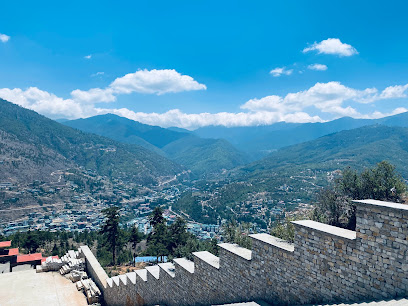
National Memorial Chhorten རྒྱལ་ཡོངས་རྗེས་དྲན་མཆོད་རྟེན།
Discover the serene beauty and spiritual significance of the National Memorial Chhorten, a captivating Buddhist temple in Thimphu, Bhutan.
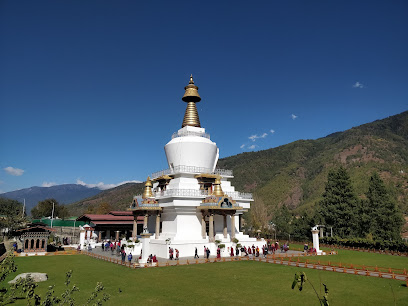
Punakha Suspension Bridge
Experience the breathtaking views and rich cultural heritage at Bhutan's longest suspension bridge, a must-visit landmark in Punakha.
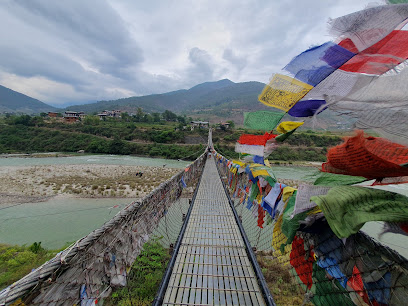
Punakha Dzong སྤུ་ན་ཁ་རྫོང་།
Explore the breathtaking Punakha Dzong, a cultural and architectural masterpiece nestled in the heart of Bhutan's stunning landscapes.
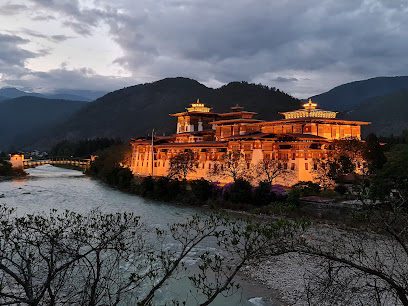
Simply Bhutan
Uncover the essence of Bhutanese culture at Simply Bhutan, a heritage museum offering unique crafts, traditions, and interactive experiences in Thimphu.
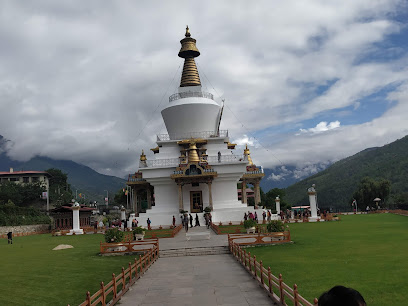
Simtokha Dzong སེམས་རྟོགས་ཁ་རྫོང་།
Discover the beauty and history of Simtokha Dzong, an iconic fortress that embodies Bhutanese culture and offers breathtaking views of the Thimphu valley.

Phobjikha Valley
Explore Phobjikha Valley, a serene glacial valley in Bhutan, rich in natural beauty, cultural heritage, and unique wildlife experiences.
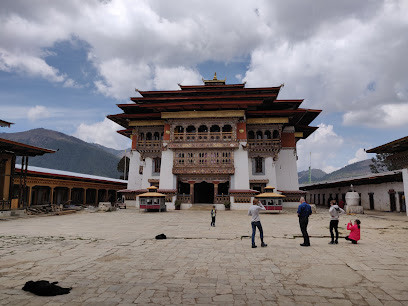
Chimi Lhakhang
Discover the tranquil beauty and spiritual significance of Chimi Lhakhang, the Temple of Fertility in Bhutan's stunning Punakha Valley.
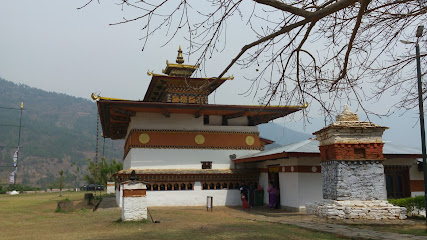
Jigme Dorji National Park
Discover the breathtaking beauty of Jigme Dorji National Park, Bhutan's second-largest national park, rich in wildlife and cultural heritage.
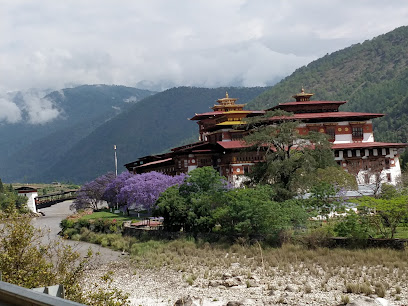
Gangtey Monastery
Discover the serenity and spiritual beauty of Gangtey Monastery in Bhutan's Phobjikha Valley, a cultural gem surrounded by breathtaking landscapes.
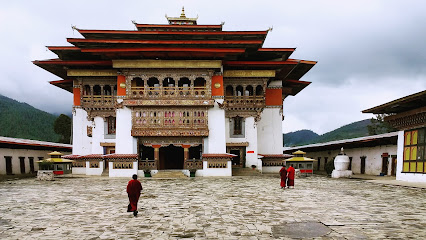
Dochula
Explore the serene beauty and rich cultural heritage of Dochula, Bhutan's historical landmark adorned with stunning stupas and breathtaking mountain views.
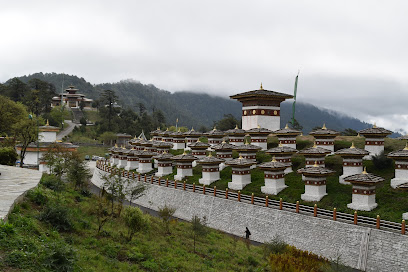
Punatshangchhu cottages
Discover the tranquil beauty of Punatshangchhu Cottages in Wangdue Phodrang, Bhutan - a perfect blend of comfort and nature's charm.
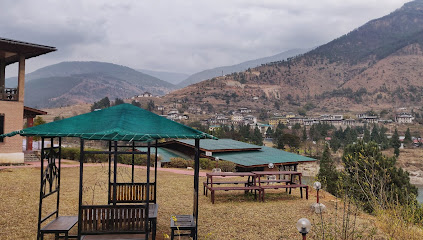
Jigme Singye Wangchuck National Park
Discover the majestic Jigme Singye Wangchuck National Park, a paradise of biodiversity and breathtaking landscapes in the heart of Bhutan.
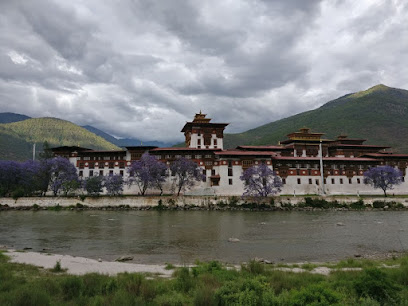
Druk Wangyel Monastery
Experience the tranquility of Druk Wangyel Monastery, a beautiful Buddhist temple in Dochula with breathtaking views and rich cultural heritage.
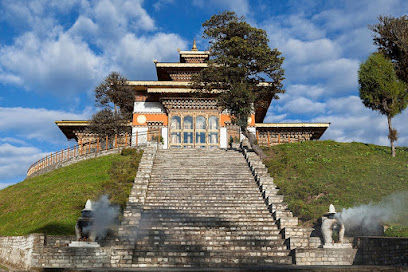
Riverfront Punakha
Experience the tranquil beauty of Riverfront Punakha, a serene park offering breathtaking views and a glimpse into Bhutanese culture.
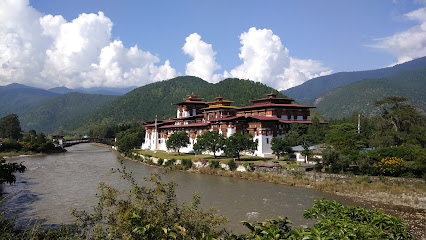
Unmissable attractions to see
National Museum of Bhutan འབྲུག་གི་འགྲེམས་སྟོན་ཁང་།
Discover the National Museum of Bhutan, a cultural gem in Paro showcasing the rich heritage, artifacts, and art of the kingdom.
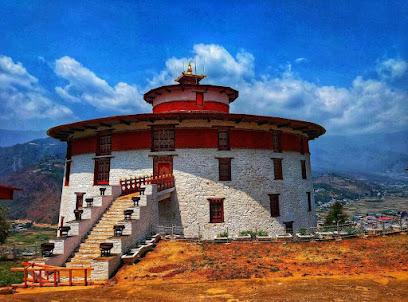
National Museum of Bhutan འབྲུག་གི་འགྲེམས་སྟོན་ཁང་།
Explore Bhutan's cultural treasures at the National Museum, featuring rich artifacts, stunning views, and immersive historical experiences.
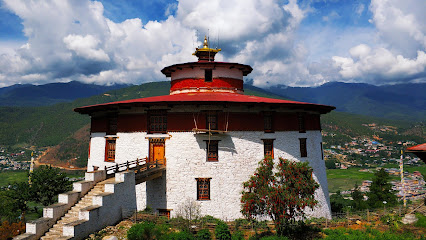
National Memorial Chorten རྒྱལ་ཡོངས་རྗེས་དྲན་མཆོད་རྟེན།
Explore the National Memorial Chorten, a serene Buddhist temple in Thimphu, showcasing intricate art and the rich cultural heritage of Bhutan.
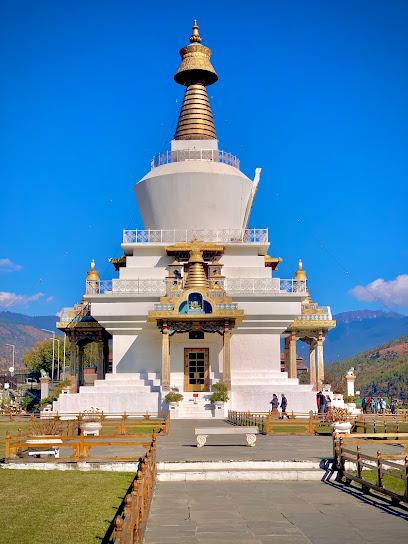
Punakha Dzong སྤུ་ན་ཁ་རྫོང་།
Explore the breathtaking beauty of Punakha Dzong, a historic fortress and monastery in Bhutan, where culture and architecture unite in harmony.
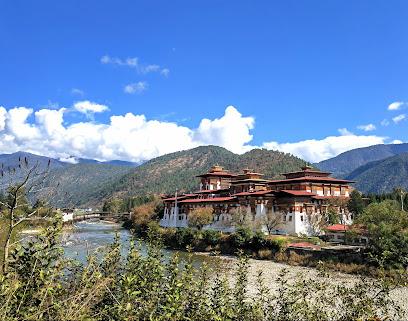
Suspension Bridge, Punakha
Explore the breathtaking Suspension Bridge in Punakha, a marvel of engineering offering stunning views and cultural insights into Bhutan's rich heritage.
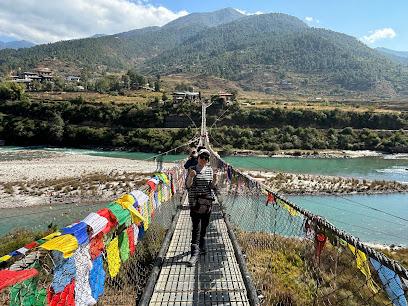
Royal Takin Preserve
Explore the Royal Takin Preserve in Bhutan – a sanctuary dedicated to the majestic takin amidst stunning natural beauty.
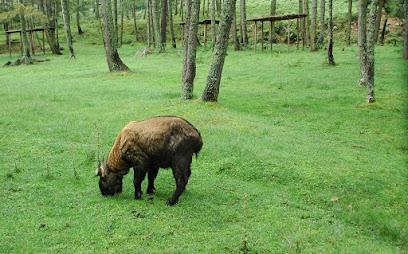
Simply Bhutan
Discover the essence of Bhutan at Simply Bhutan, an immersive heritage museum showcasing the rich culture and traditions of this enchanting country.
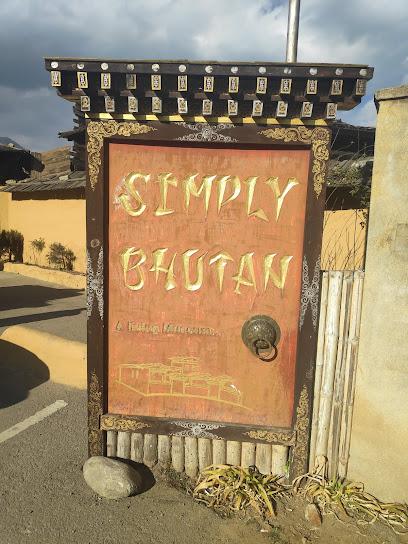
Folk Heritage Museum Kawajangsa
Discover Bhutan's cultural richness at the Folk Heritage Museum in Thimphu, where tradition meets modernity in captivating displays and exhibitions.
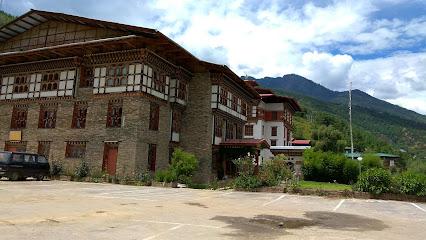
Simtokha Dzong སེམས་རྟོགས་ཁ་རྫོང་།
Experience the rich heritage and breathtaking views at Simtokha Dzong, a stunning fortress in Bhutan's serene Semtokha region, perfect for cultural immersion.
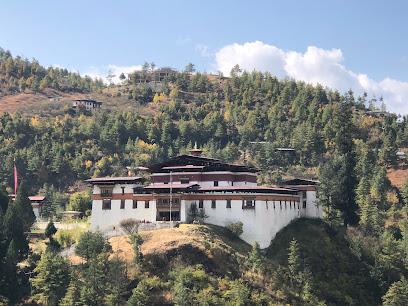
Royal Textile Academy རྒྱལ་འཛིན་ཐག་རིག་སློབ་སྡེ།
Explore the Royal Textile Academy in Thimphu, a vibrant hub of Bhutanese heritage, showcasing exquisite textiles and weaving traditions.
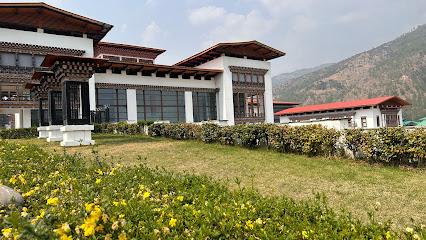
Paro Airport Bird's Eye View Point
Discover breathtaking vistas and immerse yourself in the natural beauty of Bhutan at the Paro Airport Bird's Eye View Point.

Phobjikha Valley
Discover the breathtaking beauty and tranquility of Phobjikha Valley, Bhutan's serene destination for nature lovers and cultural explorers.
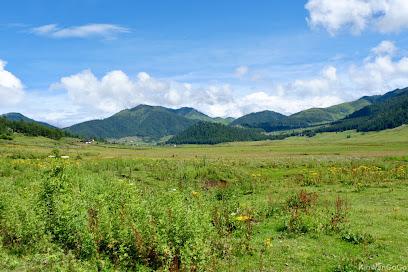
Centenary Farmers Market
Discover the essence of Bhutanese culture at the Centenary Farmers Market in Thimphu, where fresh produce and local crafts come together in a vibrant setting.
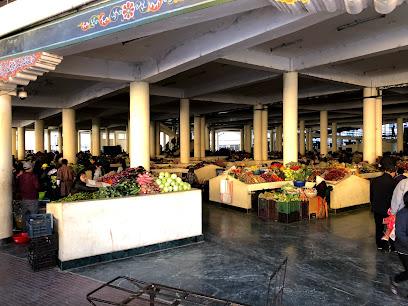
Chimi Lhakhang
Discover spiritual serenity at Chimi Lhakhang, the iconic Fertility Temple of Bhutan, where vibrant culture and breathtaking landscapes converge.
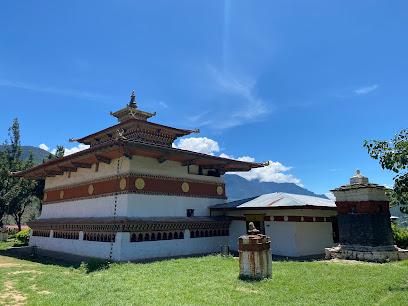
Kyichu Lhakhang སྐྱིད་ཆུ་ལྷ་ཁང་།
Explore the spiritual essence of Bhutan at Kyichu Lhakhang, a historic temple surrounded by breathtaking landscapes and rich culture.

Essential places to dine
Punatshangchhu cottages
Discover peace and natural beauty at Punatshangchhu Cottages – your perfect retreat in Bhutan.
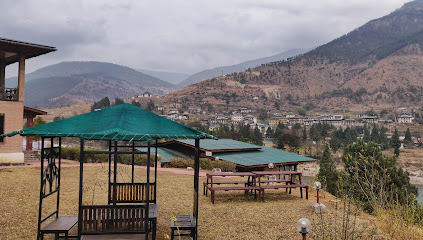
MERENGMA' Bistro & Bar
Experience exquisite dining at MERENGMA' Bistro & Bar in Khuruthang - where local flavors meet international cuisine.
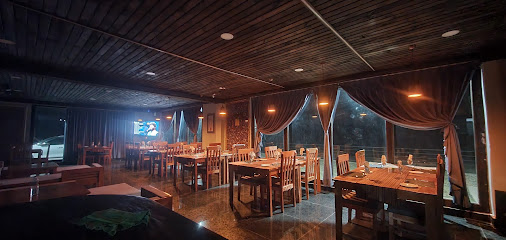
Rinchenling Cafeteria
Experience authentic Bhutanese cuisine at Rinchenling Cafeteria in Thimphu - a cozy spot for food lovers seeking local flavors.
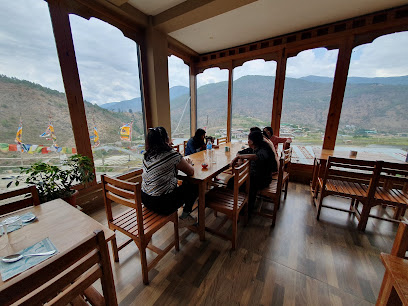
K. B RESTAURANT (Thali Special)
Experience authentic Bhutanese flavors at K. B Restaurant in Wangdue Phodrang with delightful Thali specials and warm hospitality.

Hotel Chicken Dinner
Experience authentic Bhutanese flavors at Hotel Chicken Dinner in Khuruthang - where comfort meets culinary delight.
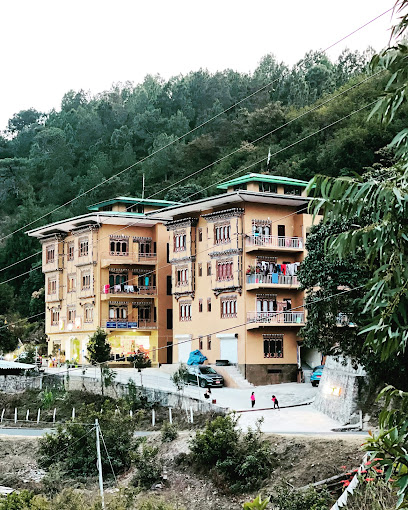
Kuenga Restaurant
Experience authentic Bhutanese cuisine at Kuenga Restaurant in Khuruthang - where tradition meets taste.

ST WiFi- Tourist Lunch Place
Experience delicious local and international cuisine at ST WiFi- Tourist Lunch Place in Sopsokha - your go-to spot for satisfying meals.
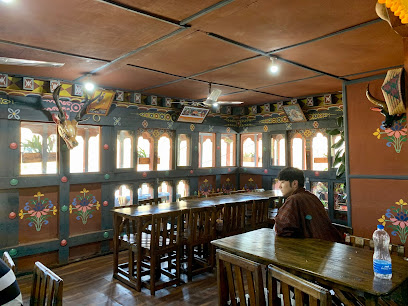
HOTEL KINTEN
Experience authentic Bhutanese cuisine and warm hospitality at Hotel Kinten in Wangdue Phodrang, your perfect getaway amidst nature's beauty.
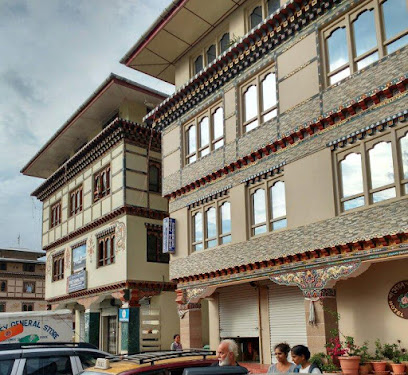
Raven Restaurant
Experience authentic Bhutanese cuisine alongside international favorites at Raven Restaurant in Khuruthang.
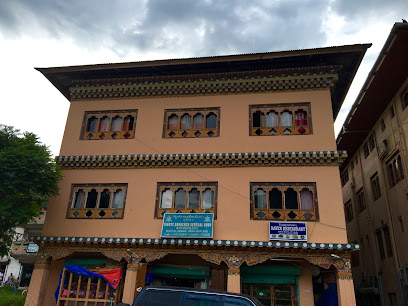
Hotel Gakiling
Experience authentic Bhutanese cuisine amidst stunning landscapes at Hotel Gakiling in Lobesa - Metsina.
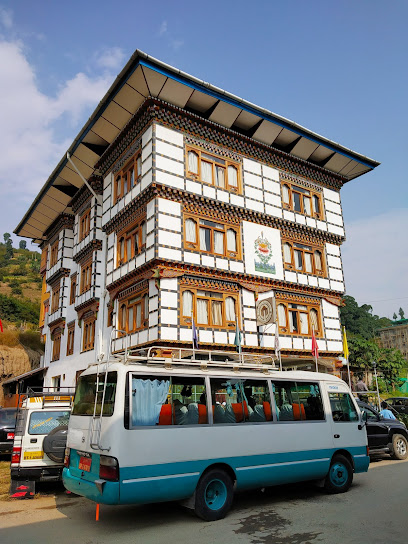
Home Kitchen, Punakha
Experience authentic Bhutanese flavors at Home Kitchen in Punakha – where every meal tells a story.
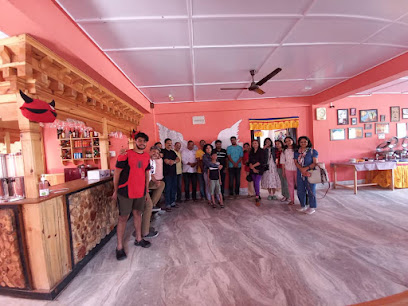
5 Angels restaurant
Experience authentic Bhutanese cuisine at 5 Angels Restaurant in Khuruthang – where every dish tells a story.
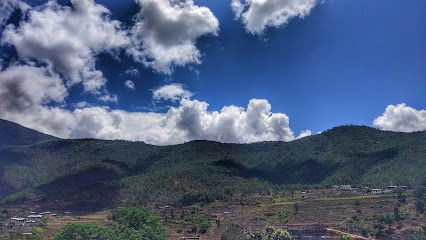
레스토랑
Discover authentic Bhutanese flavors at this charming restaurant in Punakha, where every dish tells a story.
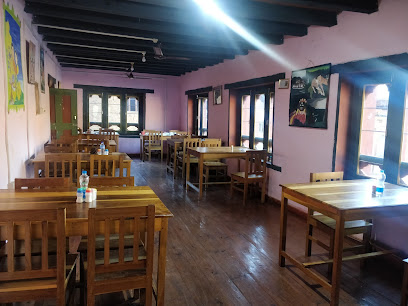
ACHO DAKA
Discover the authentic flavors of Bhutan at ACHO DAKA - a delightful restaurant nestled in Wangdue Phodrang's stunning landscapes.
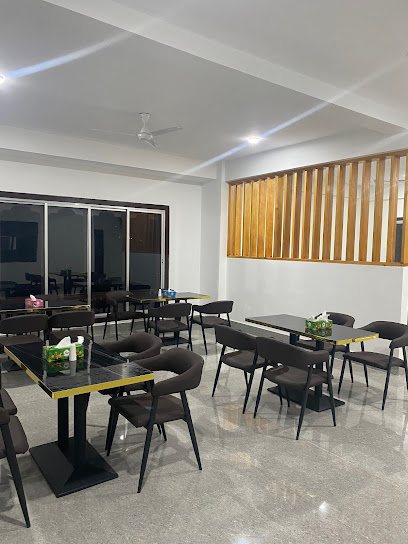
Hotel TERRACE
Experience authentic Bhutanese flavors at Hotel TERRACE – where culinary tradition meets stunning mountain views.
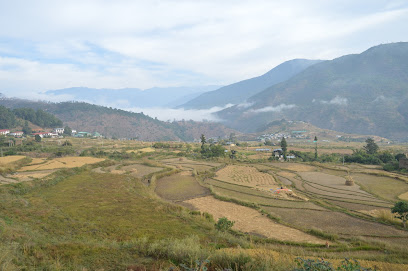
Markets, malls and hidden boutiques
Shangrila Bakery
Experience the best of local Bhutanese baking at Shangrila Bakery in Wangdue Phodrang, where authentic flavors meet cozy ambiance.
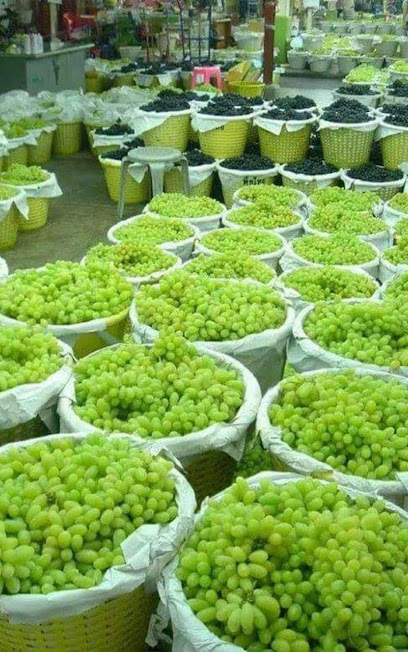
9 To 9 Minimart
Explore the local flavors and everyday essentials at 9 To 9 Minimart, your one-stop shopping destination in Wangdue Phodrang.
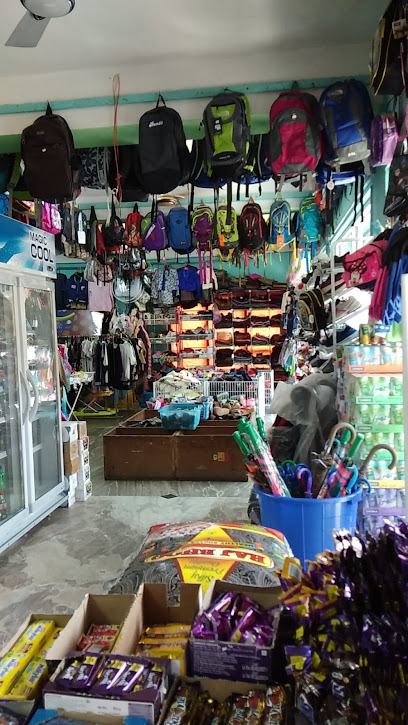
Dorji's Bakery & Confectionery
Discover the sweet essence of Bhutan at Dorji's Bakery & Confectionery, where local flavors meet delightful treats in Bajo Town.
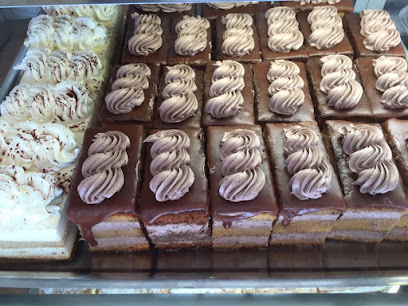
Miniso Bhutan Wangdue
Discover affordable Japanese-inspired lifestyle products at Miniso Bhutan Wangdue, perfect for souvenirs and everyday essentials.

SONAM SPORTS, BAJO, WANGDUE
Discover local culture and unique shopping experiences at Sonam Sports, the premier mall in Wangdue Phodrang.
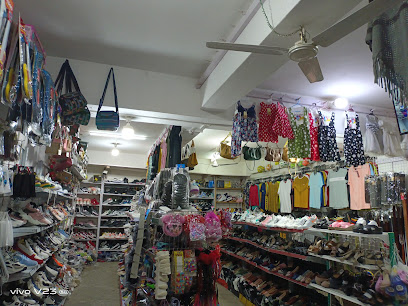
Pulami Shop
Discover the enchanting Pulami Shop in Punakha, where authentic Bhutanese handicrafts and textiles await every traveler.
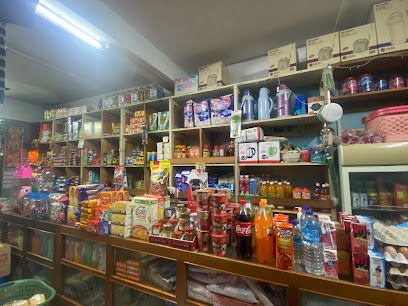
Tashi Kee
Explore local life at Tashi Kee grocery store in Wangdue Phodrang, featuring fresh produce and authentic Bhutanese products to enhance your travel experience.
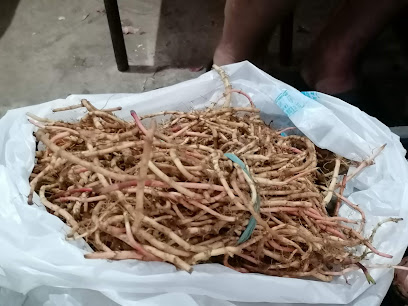
Acharya Tshongkhang
Discover Acharya Tshongkhang, the ultimate shopping destination in Wangdue Phodrang, blending traditional craftsmanship with modern shopping experiences.
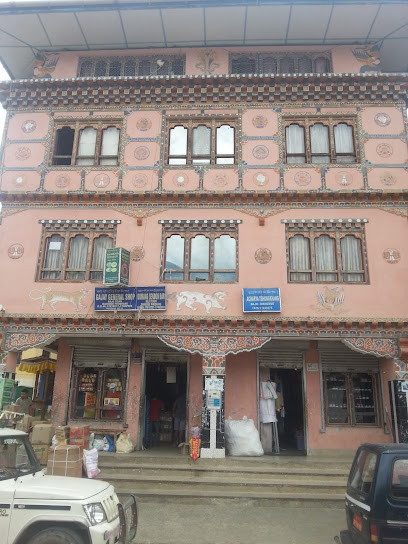
Central Mart
Explore the heart of Wangdue Phodrang at Central Mart, a charming general store offering local goods and a taste of Bhutanese culture.
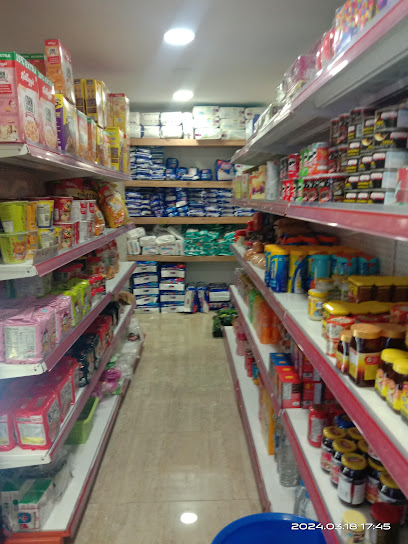
S B Tshongkhang
Discover S B Tshongkhang, a premier furniture store in Wangdue Phodrang, offering unique designs and quality craftsmanship for every home and office.
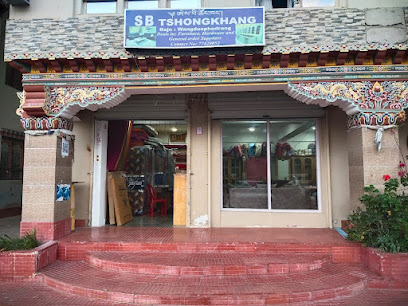
Point commercial
Discover the vibrant flavors of Bhutan at Point Commercial, a grocery store in Wangdue Phodrang offering local products and a glimpse into daily life.
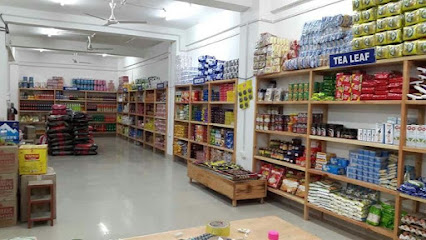
Commercial Arts & Prints
Explore Bhutan's rich culture through electronics and stunning art prints at Commercial Arts & Prints in Wangdue Phodrang.
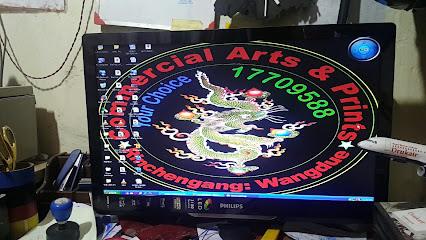
prem pradhan general shop
Experience the essence of Bhutanese culture at Prem Pradhan General Shop, a unique clothing store in Wangdue Phodrang offering traditional attire and local craftsmanship.
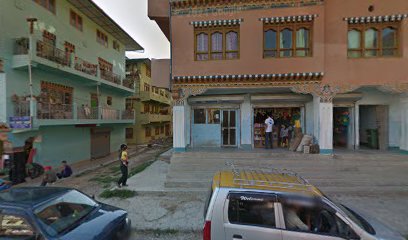
STYLE HIVE
Explore unique clothing styles at STYLE HIVE in Bajo, where local craftsmanship meets contemporary fashion for an unforgettable shopping experience.
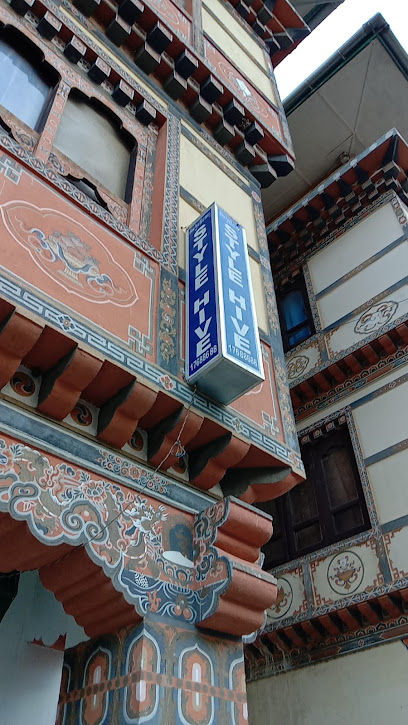
K B Pradhan General shop
Experience the charm of Bhutanese culture at K B Pradhan General Shop, your go-to destination for unique clothing in Wangdue Phodrang.
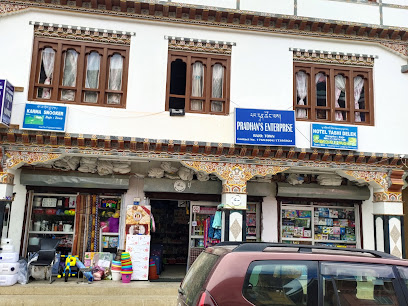
Essential bars & hidden hideouts
K. B RESTAURANT (Thali Special)
Delve into the heart of Bhutanese cuisine at K. B Restaurant, famous for its Thali Special in the scenic Wangdue Phodrang.
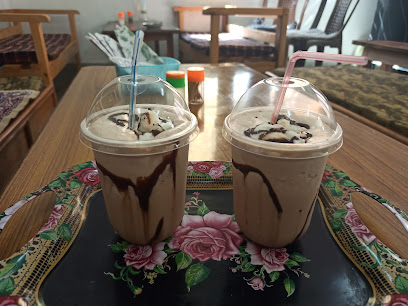
HOTEL KINTEN
Experience the fusion of comfortable lodging and authentic Bhutanese dining at Hotel Kinten in Wangdue Phodrang.
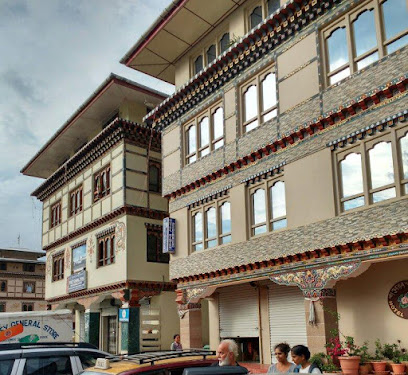
ACHO DAKA
Discover the authentic flavors of Bhutan at ACHO DAKA, where every dish is a celebration of local culinary traditions in a breathtaking setting.
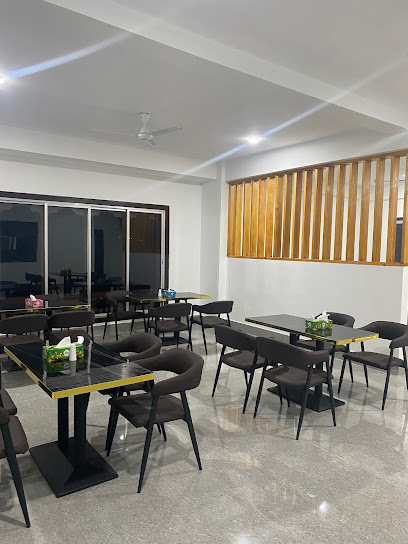
Hotel Black Necked Crane
Discover serenity and comfort at Hotel Black Necked Crane, your gateway to exploring the enchanting landscapes of Bhutan.
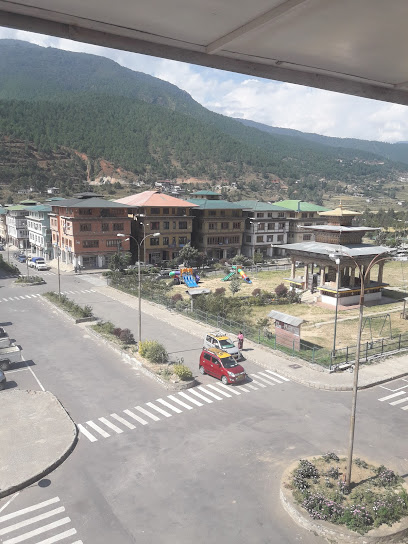
Lungta Gongphel Drayang/Pub
Experience the vibrant nightlife of Thimphu at Lungta Gongphel Drayang, a lively pub offering local drinks and live music.
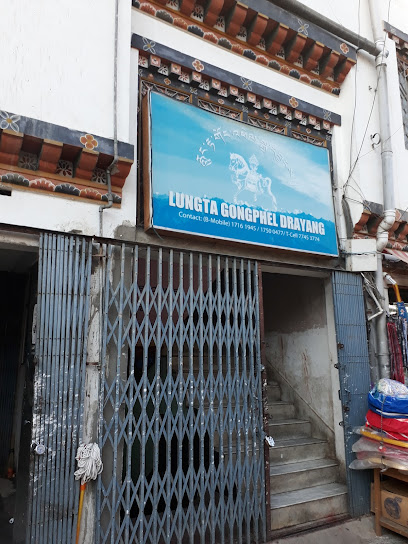
GO CRAZY BAR & Grill
Discover the lively ambiance and delicious offerings at GO CRAZY BAR & Grill in Thimphu, where local culture meets vibrant nightlife.
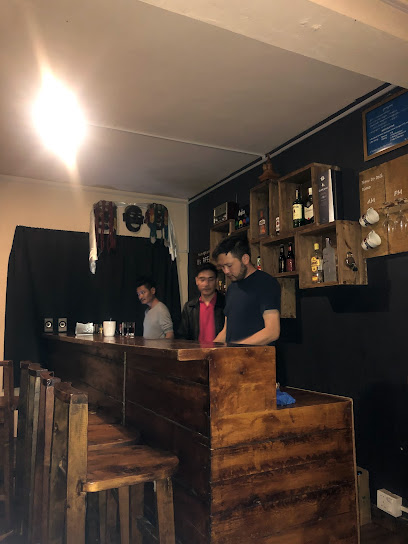
DAZA Restaurant & BAR
Experience the taste of Bhutan at DAZA Restaurant & BAR, where local flavors meet international cuisine in a vibrant setting.
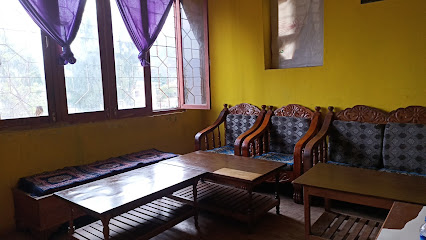
ST Restaurant
Experience the vibrant flavors of Bhutan at ST Restaurant in Lobesa - a culinary gem for tourists seeking authentic local cuisine.
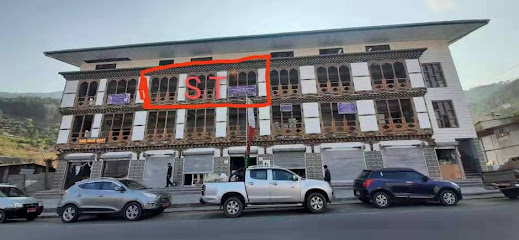
K.D Restaurnta
Savor the authentic flavors of Bhutan at K.D Restaurant along the scenic Wangdue-Tsirang Highway, where every meal is a cultural experience.

Yours Hotel
Experience the essence of Bhutanese cuisine at Yours Hotel, where local flavors meet stunning landscapes in Wangdue Phodrang.
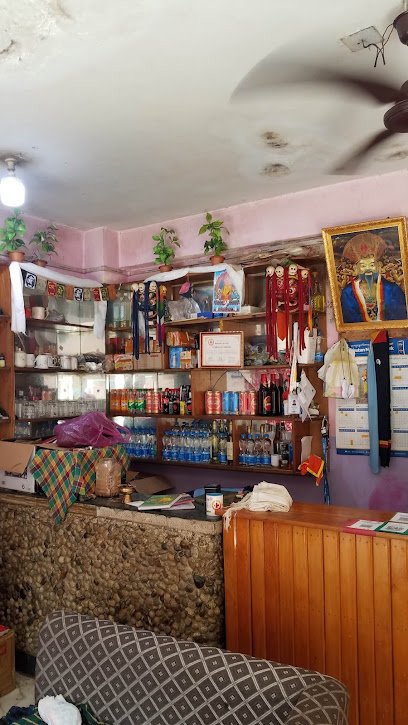
Pemaling Restaurant and Bar (SOM)
Discover the rich flavors of Bhutan at Pemaling Restaurant and Bar, where authentic cuisine meets breathtaking Himalayan views.
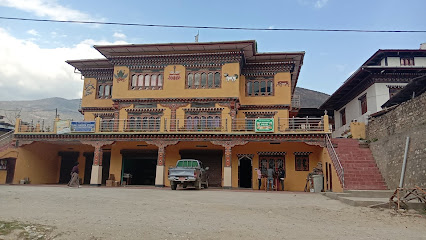
Kamichu Restaurant and Bar
Discover exquisite flavors and a vibrant atmosphere at Kamichu Restaurant and Bar along Bhutan's Wangdue - Tsirang Highway.
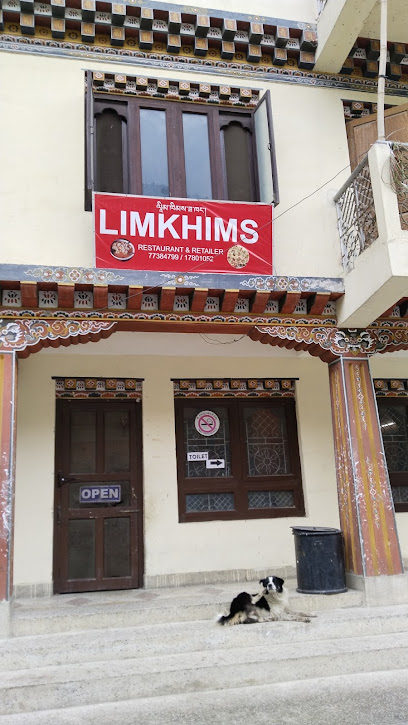
Ugyen bar
Discover the vibrant nightlife at Ugyen Bar in Punakha, offering a perfect blend of local culture and refreshing beverages.
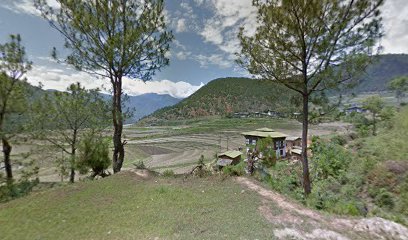
Khuruthag
Experience the charm of Bhutan at Khuruthag, a cozy bar offering a blend of local flavors and warm hospitality.
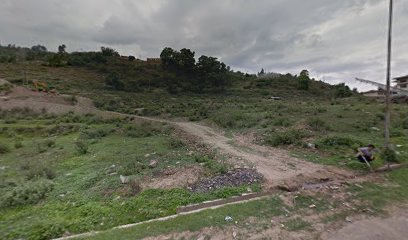
Tshoki restaurant
Tshoki Restaurant: A Culinary Gem in Wangdue Phodrang Serving Authentic Bhutanese Dishes for All Food Lovers.
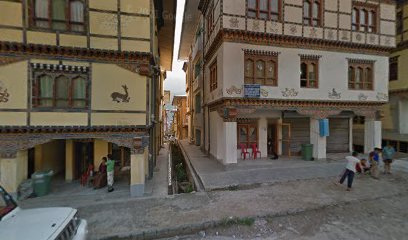
Travel experiences inspired by this city
Explore more travel diariesLocal Phrases
-
- Helloཀླུ་ཤི
[lu shi] - Goodbyeབོད་པའི་བྱང་ཤུ
[boe pai yang shu] - Yesགིས
[gi] - Noམེད
[me] - Please/You're welcomeདགོངས་སྐྱིད
[gong kyi] - Thank youབཤགས་བཅུ
[shak chu] - Excuse me/Sorryམྒོག
[gok] - How are you?ཁྱེད་ར་མེད་གི་ཤྲོག
[khe ra me gi shrog] - Fine. And you?མེད་འདུག་ལ་གི་ཤྲོག
[me duk la gi shrog] - Do you speak English?ཨིན་ཀྲིཤ་ཁོངས་ཉིན་བཞག
[in kri shong nyin shag] - I don't understandམེད་མ་དྲུག
[me ma druk]
- Helloཀླུ་ཤི
-
- I'd like to see the menu, pleaseམང་དགོངས་ལས་བསྐྱར་བ་ཕྱིན།
[ngang gong la kyar ba chin] - I don't eat meatསྒོ་སྟོན་གདབས་མེད
[go ton dab me] - Cheers!གསོལ་མར་བཤོས་གཉིས
[sol mar shog nyi] - I would like to pay, pleaseང་ངའི་ངོག་ཤེས་བསྐྱར་བ།
[nga nga'i ngok she kyar ba]
- I'd like to see the menu, pleaseམང་དགོངས་ལས་བསྐྱར་བ་ཕྱིན།
-
- Help!ལྷོ་ལ
[lho la] - Go away!བྱ་བ
[ja ba] - Call the Police!རྩོལ་རྒྱབ་ལ
[tsol gyab la] - Call a doctor!གསོལ་ཡོད་ལ
[sol yod la] - I'm lostང་ཆོས་ལ
[nga chos la] - I'm illང་སྡོམས་ལ
[nga doms la]
- Help!ལྷོ་ལ
-
- I'd like to buy...ང་ཕེབས་རོགས།
[nga pebs rok] - I'm just lookingང་སྔོད་ལག
[nga ngod lag] - How much is it?དགོངས་ཚད་མི་བཟན
[gong tse mi zan] - That's too expensiveདེ་ཁོངས་སྒོ
[de kong go] - Can you lower the price?ཁོངས་ཉིན་དགོངས་ལའང་བར་བསྐྱར་བ
[kong nyin gong la ngar ba]
- I'd like to buy...ང་ཕེབས་རོགས།
-
- What time is it?དུས་ཆེར་ནས་སྐུག
[dus cher ne ku] - It's one o'clockགཅིག་རིས་ཨིག
[chik ri ik] - Half past (10)ཅུང་ཁོར་ནས་(༡༠)
[chung kor ne (10)] - Morningསྔོ་དོར
[ngo dor] - Afternoonཉི་ཚོར
[nyi tsho] - Eveningདགོལ
[gol] - Yesterdayཁ་སང
[kha sang] - Todayདེ་རིས
[de ri] - Tomorrowམིན་པ
[min pa] - 1༡
[1] - 2༢
[2] - 3༣
[3] - 4༤
[4] - 5༥
[5] - 6༦
[6] - 7༧
[7] - 8༨
[8] - 9༩
[9] - 10༡༠
[10]
- What time is it?དུས་ཆེར་ནས་སྐུག
-
- Where's a/the...?དྲིང་གི་གཡུ
[ring gi yu] - What's the address?རིས་ཚོར་གི་རྒྱབ
[ri tsho gi gyab] - Can you show me (on the map)?ད་མ་བཞག་ནས་ལ
[da ma shag ne la] - When's the next (bus)?ཕྱི་ལོ་སྦ་ཉིན་རིས་ཤ་རྒི
[chyi lo sa nyin ri sha gi] - A ticket (to ....)ཡར་གཨ་ཨིག
[yar ga ik]
- Where's a/the...?དྲིང་གི་གཡུ
History of Wangdue Phodrang
-
Wangdue Phodrang was established in 1638 by Zhabdrung Ngawang Namgyal, the unifier of Bhutan. The town was strategically built on a high ridge overlooking the confluence of the Punatsangchhu and Dangchhu rivers, serving as a defensive outpost against invasions from the south.
-
The Wangdue Phodrang Dzong, a majestic fortress, was constructed in the same year as the town's founding. It has played a crucial role in Bhutan's history, serving as both a religious and administrative center. The dzong is known for its unique architectural style, blending traditional Bhutanese design with strategic military features.
-
In June 2012, a devastating fire swept through the Wangdue Phodrang Dzong, causing extensive damage to the historic structure. The fire destroyed many invaluable artifacts and religious relics. Efforts to rebuild and restore the dzong commenced soon after, reflecting the resilience and dedication of the Bhutanese people to preserve their cultural heritage.
-
Wangdue Phodrang is renowned for its annual Black-Necked Crane Festival, held in the courtyard of the Gangtey Monastery. This festival celebrates the arrival of the endangered black-necked cranes from Tibet. It features traditional songs, dances, and educational programs aimed at raising awareness about the conservation of these majestic birds and their habitat.
-
The Gangtey Monastery, also known as Gangtey Goenpa, is one of the main spiritual centers in Wangdue Phodrang. Founded in 1613 by the first Pema Lingpa, the monastery is an important site for the Nyingma school of Buddhism. It sits on a hill overlooking the Phobjikha Valley, offering breathtaking views and a serene atmosphere for meditation and reflection.
-
The Phobjikha Valley, located in Wangdue Phodrang, is a glacial valley known for its stunning natural beauty and ecological significance. It is a designated conservation area, home to several endangered species, including the black-necked cranes. The valley is a popular destination for tourists and nature enthusiasts, offering opportunities for hiking, bird-watching, and exploring traditional Bhutanese villages.
Wangdue Phodrang Essentials
-
Wangdue Phodrang is located in central Bhutan. The nearest international airport is Paro International Airport, approximately 135 kilometers away. From Paro, you can take a taxi or a bus to Wangdue Phodrang. The journey typically takes around 3 to 4 hours by road. Alternatively, you can hire a private car for a more comfortable and flexible travel experience.
-
Within Wangdue Phodrang, local taxis are readily available and relatively inexpensive. Public buses also operate within the town and connect to nearby villages. For those looking to explore more remote areas, renting a car can be a convenient option. Biking and walking are also popular ways to get around, especially for visiting local attractions.
-
The official currency in Bhutan is the Bhutanese Ngultrum (BTN), which is pegged to the Indian Rupee (INR). Credit cards are accepted in some hotels, restaurants, and shops, but it is advisable to carry cash, especially in smaller establishments and rural areas. ATMs are available in Wangdue Phodrang, but it is wise to withdraw sufficient cash in larger cities like Thimphu or Paro before traveling.
-
Wangdue Phodrang is generally a safe destination for tourists. However, like any travel destination, it is advisable to take standard precautions. Avoid walking alone at night in unfamiliar areas and keep an eye on your belongings in crowded places. There are no specific high-crime areas targeting tourists, but it is always best to stay vigilant and aware of your surroundings.
-
In case of emergency, dial 113 for police assistance and 112 for medical emergencies. The local police station and medical facilities are available in Wangdue Phodrang. It is recommended to have travel insurance that covers medical emergencies. For minor health issues, there are pharmacies in the town where you can purchase over-the-counter medications.
-
Fashion: Do dress modestly, especially when visiting religious sites. Avoid wearing revealing clothing. Religion: Do respect local customs and traditions. Always remove your shoes and cover your head when entering monasteries and temples. Public Transport: Do be respectful and give up your seat to elderly passengers. Don’t eat or drink on public transport. Greetings: Do greet people with a slight bow and the traditional ‘Kuzuzangpo la’. Eating & Drinking: Do try local delicacies and accept food offerings graciously. Don't refuse hospitality, as it is considered impolite.
-
To experience Wangdue Phodrang like a local, visit the local markets where you can buy fresh produce and traditional Bhutanese goods. Engage with locals, as they are often friendly and willing to share stories about the town's history and culture. Don't miss visiting the Wangdue Phodrang Dzong and the nearby Punakha Dzong, both of which offer insights into Bhutanese architecture and history. For a unique experience, explore the Phobjikha Valley, home to the endangered black-necked cranes.
Trending Landmark in Wangdue Phodrang
-
Buddha Dordenma Statue སྟོན་པ་རྡོར་གདན་མ།
-
National Memorial Chhorten རྒྱལ་ཡོངས་རྗེས་དྲན་མཆོད་རྟེན།
-
Punakha Suspension Bridge
-
Punakha Dzong སྤུ་ན་ཁ་རྫོང་།
-
Simply Bhutan
-
Simtokha Dzong སེམས་རྟོགས་ཁ་རྫོང་།
-
Phobjikha Valley
-
Chimi Lhakhang
-
Jigme Dorji National Park
-
Gangtey Monastery
-
Dochula
-
Punatshangchhu cottages
-
Jigme Singye Wangchuck National Park
-
Druk Wangyel Monastery
-
Riverfront Punakha
Nearby Cities to Wangdue Phodrang
-
Things To Do in Punakha
-
Things To Do in Thimphu
-
Things To Do in Paro
-
Things To Do in Trongsa
-
Things To Do in Bumthang
-
Things To Do in Jakar
-
Things To Do in Phuentsholing
-
Things To Do in Gangtok
-
Things To Do in Mongar
-
Things To Do in Trashigang
-
Things To Do in Darjeeling
-
Things To Do in Siliguri
-
Things To Do in Rangpur
-
Things To Do in Guwahati
-
Things To Do in Shillong










